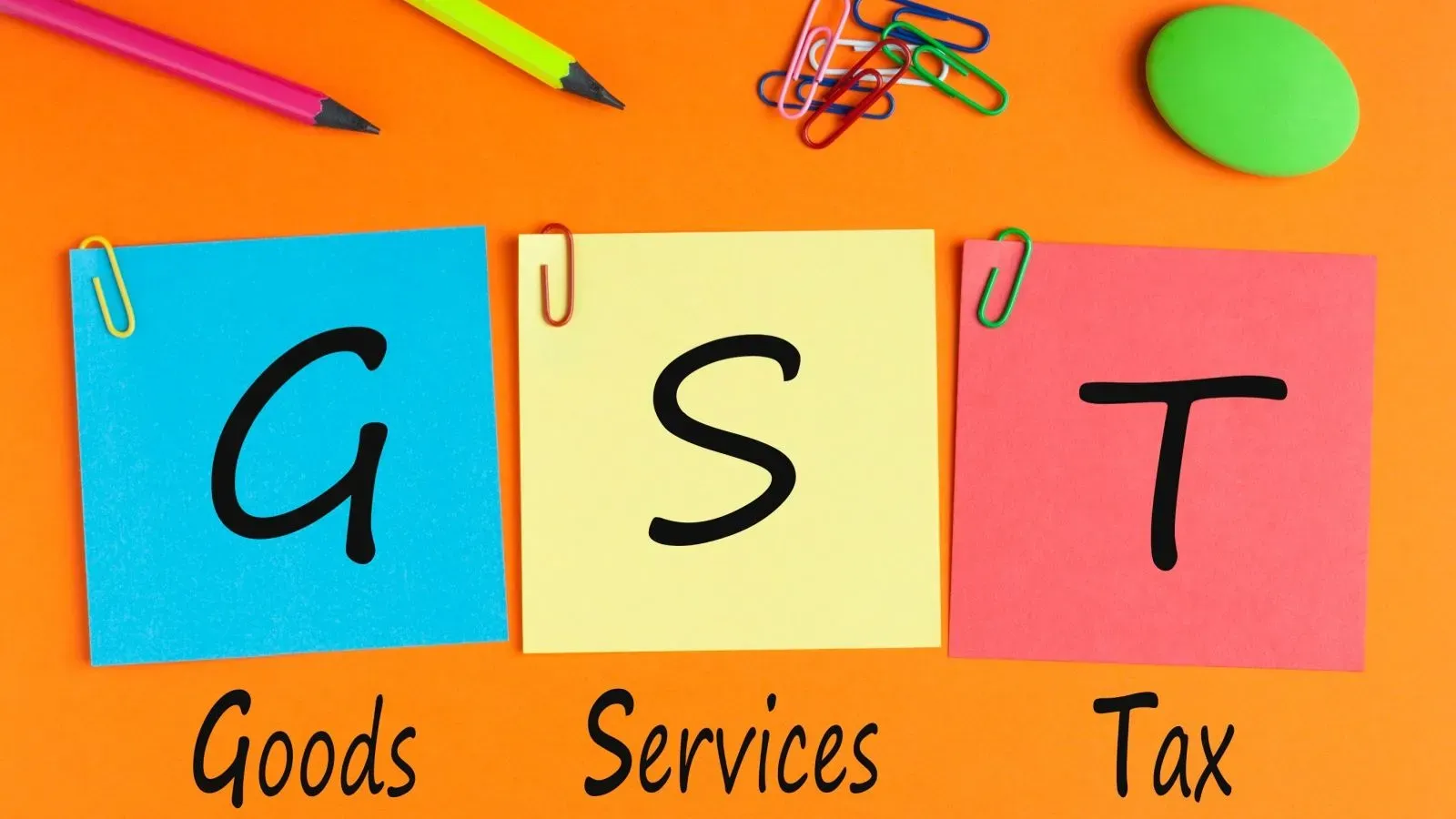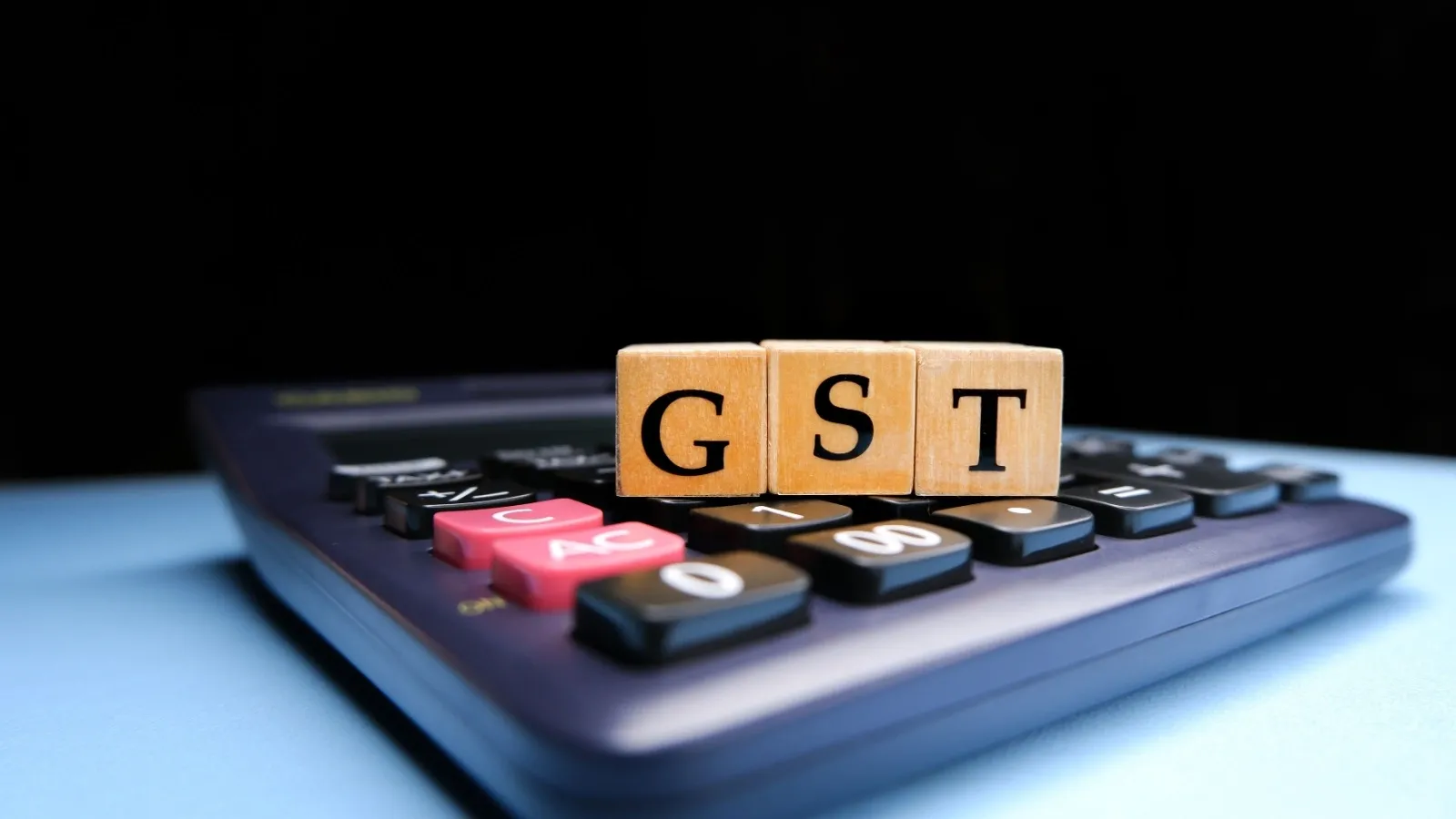Personal Finance News
What is GST compensation cess and what's changing with 'Next Gen GST'?

4 min read | Updated on August 19, 2025, 07:48 IST
SUMMARY
The GST Compensation Cess, which was initially scheduled to conclude in June 2022, was extended to March 2026 to help the government repay loans taken during the pandemic to cover compensation shortfalls.

The GST Compensation Cess was introduced in 2017. | Image: Shutterstock
Instead of a short-term fix, the Centre is pursuing a long-term overhaul of the GST system, an official stated, describing the move as a "reformed and refined GST," according to PTI.
What is GST Compensation Cess?
The GST Compensation Cess is an additional tax levied on certain luxury and sin goods over and above the GST rates.
“The GST Compensation Cess, introduced in 2017, was meant to make up for states’ revenue losses after GST subsumed various indirect taxes. It is charged on select items such as tobacco, aerated drinks, coal, and luxury cars," said CA Abhishek Soni, CEO & Co-founder of Tax2win.
These are high-end, non-essential items typically consumed by individuals with higher incomes. They are taxed at a higher rate.
-
High-end or luxury cars (SUVs, sports cars)
-
Expensive watches and jewellery
-
Designer clothing
These are goods that are considered harmful to health or society, and are taxed heavily.
-
Tobacco products (cigarettes, chewing tobacco)
-
Pan masala
The GST Compensation Cess, which was initially scheduled to conclude in June 2022, was extended to March 2026 to help the government repay loans taken during the pandemic to cover compensation shortfalls.
The government is already working on possible replacements. "One idea is to introduce new targeted levies like a Health cess on tobacco products and a Clean Energy cess on coal and high-end cars. Another option being considered is to merge the cess into the GST structure itself, which may mean revising GST slabs upward for luxury goods and products harmful to health," said Soni.
"Next Gen GST" proposed reforms
Government sources told PTI that under the new framework, most common-use items would shift to the lower tax bracket, likely resulting in price reductions and a subsequent boost in consumption.
The impact of these changes will be mixed. While everyday essentials are unlikely to become costlier, products like cigarettes, pan masala, sugary drinks, or premium cars could see higher taxes.
Meanwhile, in a question raised by MPs Selvaraj V and Subbarayan K, the Ministry of Finance was asked whether the World Health Organisation (WHO) has urged countries to increase taxes on sugary drinks, alcohol, and tobacco by 50% over the next ten years to combat chronic public health issues.
The response from the Minister of State for Finance, Pankaj Chaudhary, confirmed the claim.
Under the ‘3 by 35 Initiative’ launched by WHO in July 2025, countries have been encouraged to significantly raise taxes on harmful products such as sugary beverages, alcohol, and tobacco. The goal is to curb consumption and reduce the rising burden of non-communicable diseases globally.
In India, tax rates on these products are governed by the Goods and Services Tax (GST) Council, which includes representatives from both the Central and State/UT governments. Notably, alcohol for human consumption is regulated exclusively by State governments.
Currently, aerated drinks containing added sugar attract the highest rate of 28% along-with Compensation Cess of 12%. Tobacco products attract 28% GST along-with varying Compensation Cess rates ranging upto 290%. In addition, tobacco products also attracts central duty over and above GST and Compensation Cess.
Related News
By signing up you agree to Upstox’s Terms & Conditions
About The Author
Next Story



